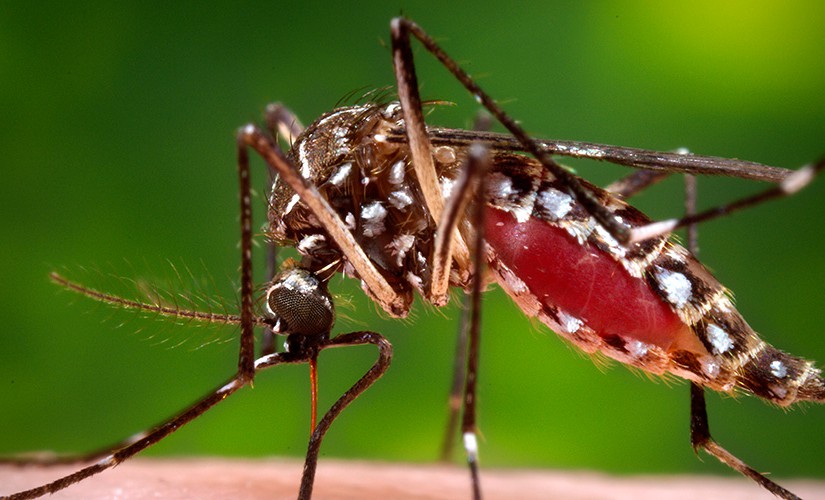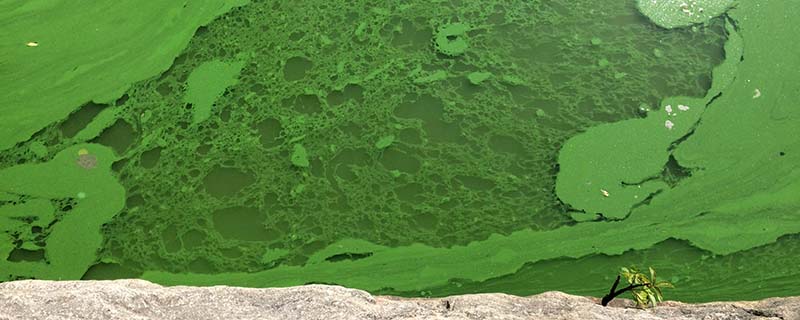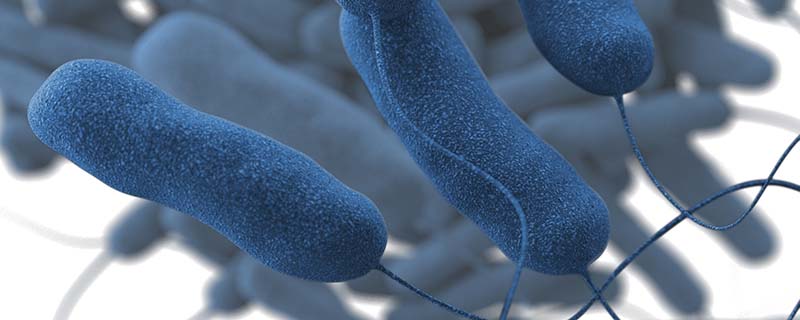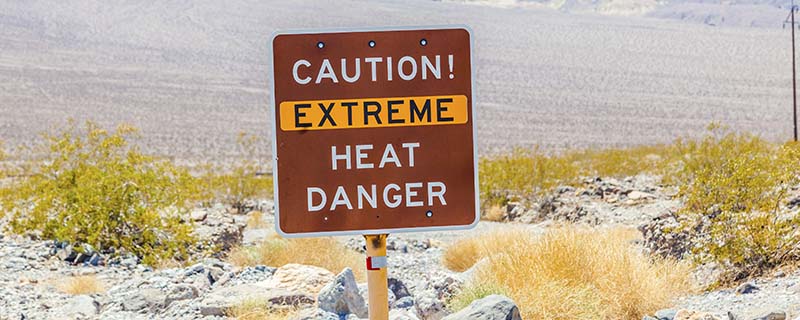Category:
Safeguarding Deadly Pathogens and Poisons

Bioterrorism is not a new threat. One of the earliest recorded uses of biological weapons dates back to the 6th century B.C., when Persian armies poisoned wells with a fungus. Modern threats, however, are more complex and could cause widespread devastation. The anthrax attacks of 2001 focused our nation on making sure especially dangerous pathogens and Read More >
Posted on by 2 CommentsMosquito Control Awareness Week: Say Goodbye to Mosquitoes at Home

This week is Mosquito Control Awareness Week! Now that it’s mosquito season, it is the perfect time to look in and around your home for ways to control mosquitoes that can carry viruses like Zika and West Nile. Read More >
Posted on by 8 CommentsDanger in the Water: When Algae Becomes Toxic

Ever wondered what’s causing the water in your favorite lake to turn red? Or were the family photos from your river rafting trip spoiled by brown water in the background? You may be looking at an algal bloom. Summer is upon us and warm weather is the perfect environment for these algal blooms, which can Read More >
Posted on by 10 CommentsProtecting the Air We Breathe: A deeper look at Legionnaires’ disease

CDC scientists discovered Legionnaires’ disease in 1976, during one of the largest respiratory disease investigations in U.S. history. CDC’s disease detectives were called upon when people became sick with pneumonia, a serious lung infection, while attending an American Legion convention at a hotel in Philadelphia. Findings from the investigation suggested that a germ was being Read More >
Posted on by 6 CommentsUsing Data to Prepare for the Next Heat Wave

Extreme heat events, or heat waves, are a leading cause of weather-related deaths in the United States. Between 1999 and 2012, extreme heat caused more than 7,400 heat-related deaths in the United States. Extreme heat increases hospital admissions for heart disease, respiratory disease, and stroke. Read More >
Posted on by 2 Comments
